Strong vision is an asset in many facets of life, but for some career paths, it’s mandatory. Some careers rely on excellent vision to maintain public safety, while others demand quick decision making. A visual error could be catastrophic in life-or-death situations. That’s why certain careers not only recommend regular eye exams, but require strict vision standards to ensure safety.
What are these careers? This article explores 10 that demand excellent vision. But first, let’s look at what these vision standards actually mean.
Vision Standards

You’ve probably heard of 20/20 vision and associate it with “perfect” vision. But what does it actually mean? 20/20 vision is a standard of vision that determines how clearly and sharply someone can see at a distance. It does not mean perfect vision.
20/20 vision means a person has normal visual acuity at a distance of 20 feet. The first number indicates the testing distance (20 feet from the Snellen eye chart), and the second number shows the distance at which someone with normal vision could read the same line on the chart. For example, someone with 20/30 vision can see at 20 feet what a person with normal vision can see at 30 feet—and so on.
In Canada, we measure visual acuity similarly but in meters. Instead of 20 feet being the standard, it’s 6 meters. Therefore, someone with 20/20 vision is also known to have 6/6 vision by Canadian standards.
Here are 10 careers that expect and often require excellent vision:
Pilot

Strong vision is imperative for pilots, who must not only be able to read all the various monitors and instruments in the cockpit, but also keep an eye out for other aircraft and land safely.
Vision requirements for Canadian pilots will vary by medical certificate category. All commercial airline pilots fall into category 1, which has the strictest standards of 6/6 corrected vision and uncorrected vision no worse than 6/9. Private and recreational pilots don’t need to have the same level of vision.
Diver
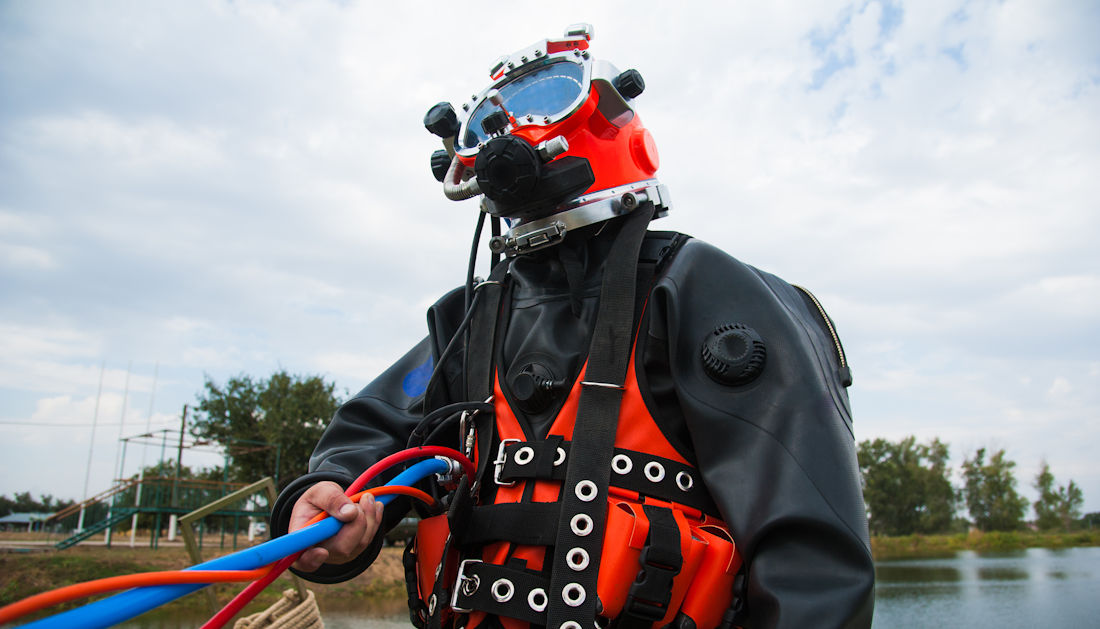
Divers need to be able to clearly read their equipment while observing what’s happening around them. Vision is already tougher underwater, so strong vision can be a serious safety measure.
There is no universal vision requirement for divers just because there are many different types of divers, from commercial to military to recreational. A common industry benchmark for corrected vision is no worse than 6/9. Besides just visual acuity, divers will generally need a strong horizontal field of vision and strong depth perception to be able to navigate effectively underwater.
Air Traffic Controller
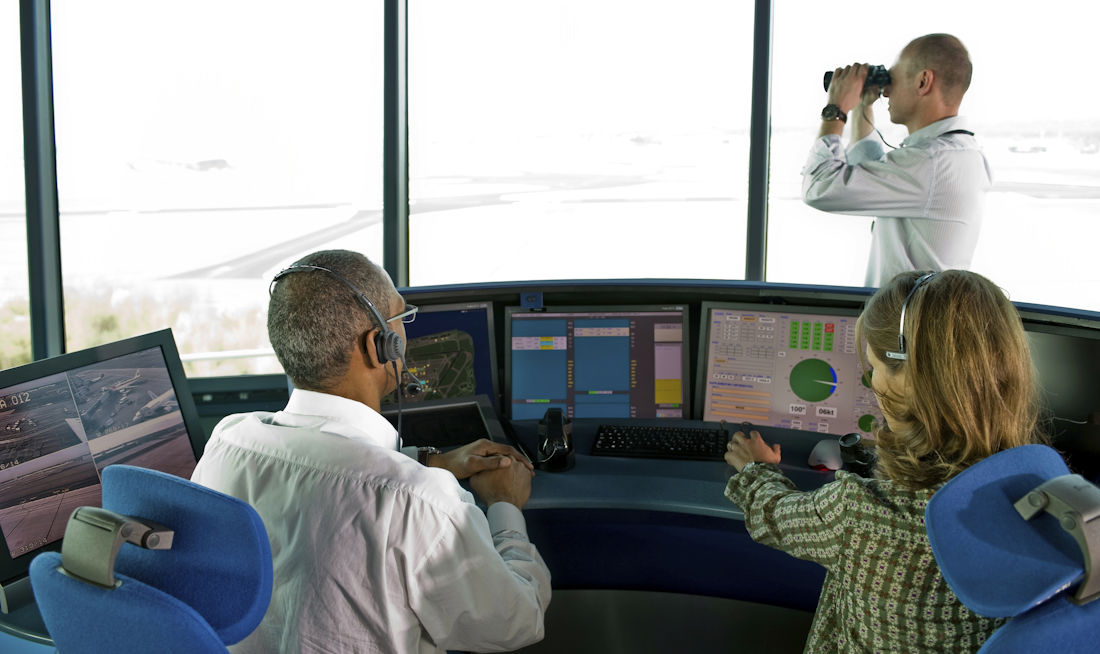
Well known as one of the more stressful careers, air traffic controllers have the important job of safely guiding aircraft in and out of airports. The job involves strong spatial awareness, monitoring radar screens, identifying tiny targets, and reading instruments.
In Canada and everywhere else, Air Traffic Controllers must have excellent vision. For distant vision, controllers must have 6/6 acuity, and at least 6/12 for near vision. Colour perception is also important in this job, as operational and safety information is colour-coded and relies on visual cues.
Police Officer

Police officers put themselves in precarious situations and dangerous situations on a daily basis. Out in the world, it’s important they’re able to identify threats, assess situations, and perform tasks like driving and even shooting.
In BC, police officers are required to have corrected vision of at least 6/6 in one eye and 6/9 in the other, while uncorrected vision must be at least 6/12 in one eye and 6/30 in the other. Colour vision must also test as normal, plus you’ll need average depth perception and a peripheral field of vision of 150 degrees horizontally.
Surgeon

Along with top-tier hand-eye coordination, surgeons need impeccable vision at close distances to be able to perform the delicate procedures required of them. Being able to judge distances and identify tiny details up close is crucial.
There is no universal vision standard for surgeons in Canada or in BC, but many roles require vision of 6/6 or better in both eyes. Near-distance vision is most important, plus surgeons need normal colour vision and a wide visual field of around 150 degrees horizontal and 20 degrees vertical.
Firefighter
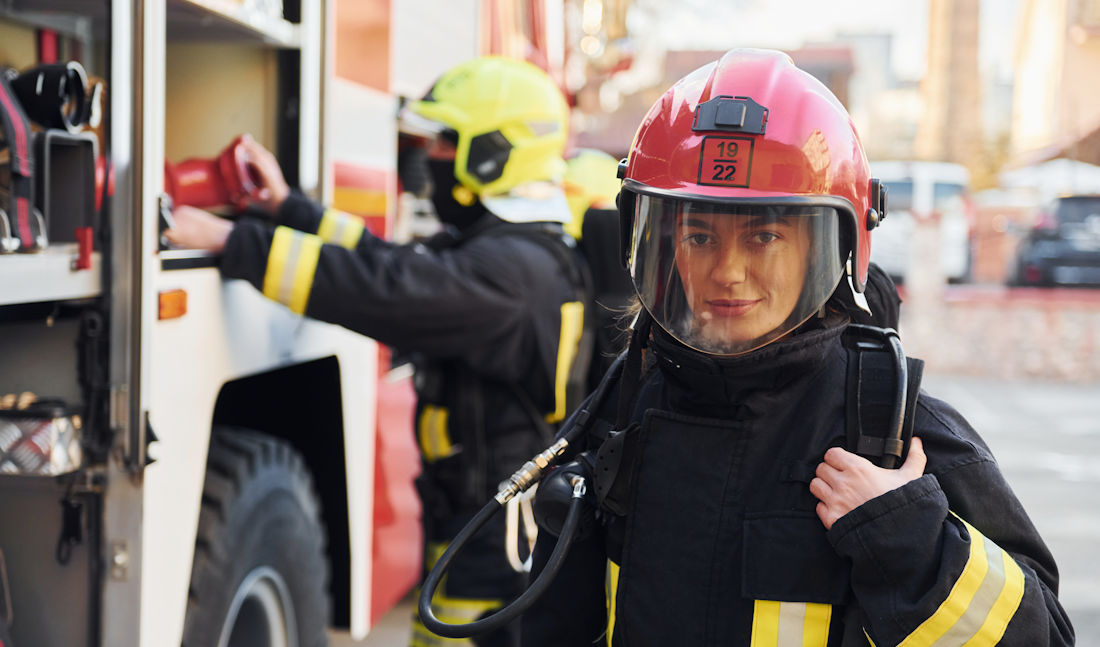
Firefighters need strong vision to be able to navigate dangerous environments and use their tools – often in the dark or in smoke-filled rooms. Identifying hazards, reading equipment, and performing rescue operations in low-vision environments is all part of the job.
Most firefighting roles follow the National Fire Protection Association Standard 1582, which demands corrected vision of at least 6/9 and uncorrected vision of at least 6/30. They’ll also need strong colour vision and peripheral vision of at least 140 degrees horizontally.
Lifeguard
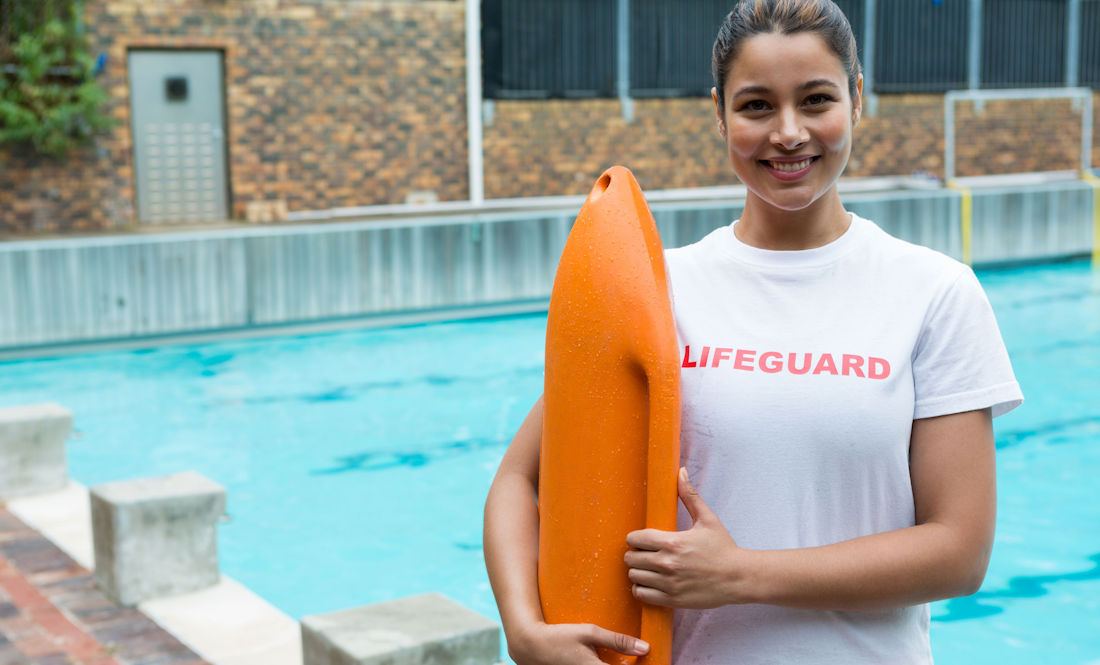
Lifeguards need to have strong vision especially from a distance, which enables them to quickly spot swimmers in distress. Potential hazards could be subtle and often quite far away, so long-distance vision is an asset.
There’s a national standard for lifeguards in Canada. The standard for visual acuity is corrected vision of at least 6/6 in one eye and a minimum of 6/12 in the other eye. With both eyes used together, lifeguards must also have peripheral vision of at least 120 degrees.
Commercial Driver

Commercial drivers are responsible for transporting people and goods through a wide variety of driving conditions. They need to be able to judge driving conditions and identify obstacles, pedestrians and other objects in low-vision scenarios.
In BC, commercial drivers should have visual acuity of at least 6/12 with both eyes open and at least 120 degrees of horizontal peripheral vision. The worst eye should not be less than 6/60. Along with visual acuity, drivers will likely need to pass tests for peripheral vision, depth and colour perception.
Astronaut

Astronauts need to be able to perform critical visual tasks to operate complex equipment, perform experiments and navigate the spacecraft. It’s important to note that an astronaut’s vision can worsen over time due to bodily fluid shifts brought on by increased pressure. Upon returning to Earth, some astronauts never recover their full vision.
Canadian astronauts must have 6/6 vision either with or without correction. LASIK eye surgery is permitted, provided there is no evidence of complications after one year. Colour blindness and rapid progression of even minor visual defects could disqualify hopeful astronauts.
Paramedic
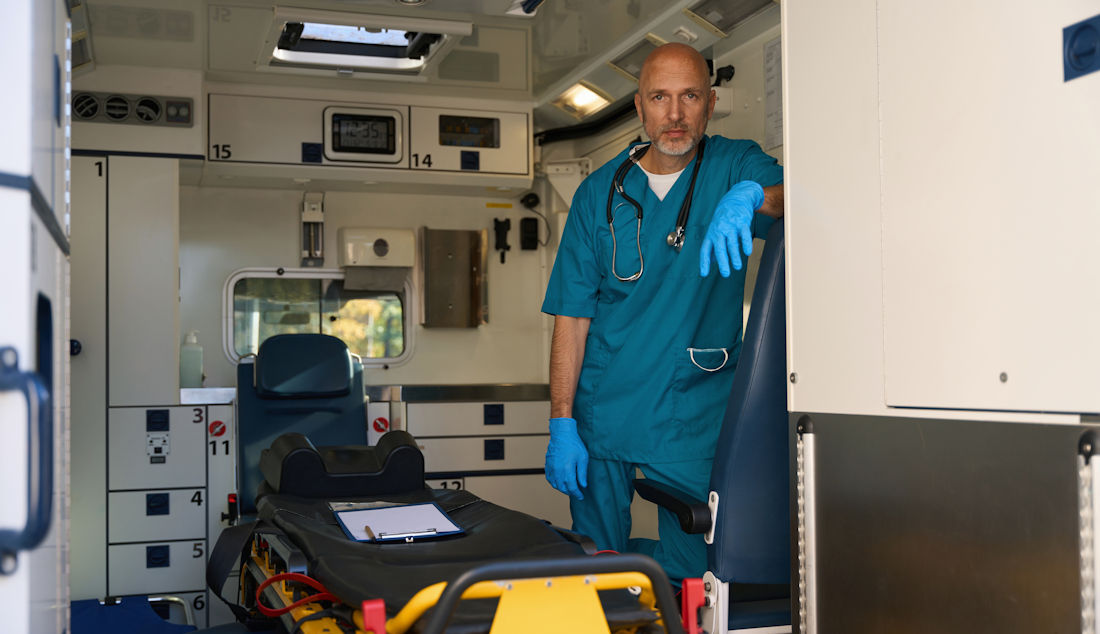
Paramedics operate in an extremely fast-paced environment where quick decisions could determine life or death. Driving safely – often in the dark is a major part of the job that requires strong vision. Paramedics also need to be able to assess scenes, treat patients, and react to changing situations where visibility is often poor.
Paramedics in BC need to meet vision requirements that are primarily tied to the requirements for various driver’s licenses. The Class 4 License is preferred, which requires at least 6/9 corrected vision with the worst eye no less than 6/30. Paramedics must also have at least 150 degrees of horizontal peripheral vision and 20 degrees of vertical.
Curious how your vision is holding up? It might be time to visit your local optometrist. Your eye doctor can not only test your vision, but also detect serious conditions before they become vision-threatening. Inner Harbour Optometry has two downtown Victoria locations – visit us today or book your appointment using our online booking form.
